- Home
- Articles
- Architectural Portfolio
- Architectral Presentation
- Inspirational Stories
- Architecture News
- Visualization
- BIM Industry
- Facade Design
- Parametric Design
- Career
- Landscape Architecture
- Construction
- Artificial Intelligence
- Sketching
- Design Softwares
- Diagrams
- Writing
- Architectural Tips
- Sustainability
- Courses
- Concept
- Technology
- History & Heritage
- Future of Architecture
- Guides & How-To
- Art & Culture
- Projects
- Interior Design
- Competitions
- Jobs
- Store
- Tools
- More
- Home
- Articles
- Architectural Portfolio
- Architectral Presentation
- Inspirational Stories
- Architecture News
- Visualization
- BIM Industry
- Facade Design
- Parametric Design
- Career
- Landscape Architecture
- Construction
- Artificial Intelligence
- Sketching
- Design Softwares
- Diagrams
- Writing
- Architectural Tips
- Sustainability
- Courses
- Concept
- Technology
- History & Heritage
- Future of Architecture
- Guides & How-To
- Art & Culture
- Projects
- Interior Design
- Competitions
- Jobs
- Store
- Tools
- More
Exploring the Latest Exterior Trends in Architecture for Sustainable Design
Explore the latest exterior trends in architecture, highlighting sustainable materials, innovative designs, and a strong connection to nature. From eco-friendly features like green roofs and recycled materials to dynamic facades that enhance functionality, this article reveals how modern architecture reflects environmental awareness and aesthetic appeal.

As we step into a new era of architectural design, the exterior of buildings is evolving in exciting ways. From sustainable materials to innovative shapes, these trends reflect our growing awareness of the environment and our desire for aesthetic appeal. The exterior of a structure isn’t just a facade; it’s a statement about who we are and how we interact with our surroundings.
We’re witnessing a shift towards more organic designs that blend seamlessly with nature, while bold colors and textures make a strong visual impact. These trends not only enhance the beauty of our spaces but also promote functionality and sustainability. Join us as we explore the latest exterior trends in architecture that are shaping our world today.

Table of Contents
ToggleOverview Of Exterior Trends In Architecture
Our exploration of exterior trends in architecture reveals a strong emphasis on sustainability and aesthetics. These trends signal a shift towards eco-friendly materials and designs that minimize environmental impact. The use of reclaimed wood, recycled metals, and biophilic elements showcases our commitment to the planet.
We observe innovative shapes in architecture, which aim to enhance functionality while making bold visual statements. These dynamic forms often incorporate natural lighting and ventilation, contributing to energy efficiency and creating inviting spaces.
Organic designs harmonize with their surroundings, reflecting a growing preference for buildings that connect with nature. Designers increasingly integrate elements like green roofs and living walls, which not only improve air quality but also support biodiversity.
Bold colors and varied textures enhance the visual impact of exteriors. Our attraction to vibrant hues signifies personality and identity, enabling structures to stand out while still conveying unity with their environment.
These exterior trends in architecture underscore a commitment to sustainability, creativity, and a connection to nature, shaping our built environment for the future.
Sustainable Design Elements
Sustainable design elements play a crucial role in modern architecture, enhancing both aesthetics and environmental responsibility. We observe a growing integration of features like green roofs and vertical gardens, alongside the use of recycled materials, that contribute to the sustainability of our built environment.

Green Roofs and Vertical Gardens
Green roofs and vertical gardens create eco-friendly spaces that promote biodiversity and improve air quality. We implement green roofs to reduce urban heat, enhance insulation, and capture rainwater. Vertical gardens, commonly known as living walls, utilize plant life to regulate building temperatures and provide natural beauty. Additionally, these designs help mitigate stormwater runoff, reduce energy costs, and create a natural habitat for beneficial insects and birds.
Use of Recycled Materials
The use of recycled materials signifies a noteworthy shift toward more environmentally-conscious construction practices. We utilize reclaimed wood, salvaged metal, and recycled glass to minimize waste and decrease the demand for new resources. These materials not only lower the carbon footprint of buildings but also add unique character and history to structures. By choosing recycled elements, we foster a circular economy and support sustainable production methods, contributing to a healthier planet.
Innovative Facade Designs
Innovative facade designs focus on enhancing both functionality and aesthetic appeal while embracing sustainable practices. Various techniques are poised to transform our architectural landscapes.

Dynamic and Adaptive Facades
Dynamic and adaptive facades respond to environmental changes, optimizing energy efficiency and user comfort. These facades utilize advanced technologies such as kinetic systems and responsive shading devices. For instance, buildings may incorporate elements that adjust based on sunlight exposure, improving natural lighting and reducing HVAC dependency. By employing smart materials, these facades adapt to varying weather conditions, creating a more resilient building envelope that actively contributes to sustainability.
Textured and Layered Surfaces
Textured and layered surfaces add depth and interest to building exteriors, breaking away from traditional flat designs. These surfaces often combine materials like glass, metal, and natural stone, creating striking visual contrasts. For example, layering materials can provide varying levels of transparency and opacity, enhancing the play of light and shadow throughout the day. This approach enhances aesthetic appeal while supporting practical functions like insulation and rainwater management. As a result, buildings gain unique identities, fostering greater connection with their surroundings while showcasing innovative architectural expressions.
Integration Of Technology
The integration of technology in architecture reshapes exterior design, enhancing both functionality and sustainability. We observe a significant move toward smart technologies and energy-efficient systems, paving the way for future-ready buildings.

Smart Building Technologies
Smart building technologies offer advanced solutions for building management and user experience. We incorporate sensors, IoT devices, and automation to optimize operations. These technologies monitor conditions such as temperature, light, and occupancy, allowing buildings to adjust in real-time. For instance, automated blinds reduce glare while maximizing natural light. By integrating smart technologies, we improve energy efficiency and comfort, creating dynamic environments that adapt to occupants’ needs.
Energy-Efficient Systems
Energy-efficient systems play a crucial role in reducing energy consumption and mitigating environmental impact. We utilize high-performance insulation, triple-glazed windows, and energy-efficient HVAC systems to enhance energy conservation. For example, geothermal heating and cooling systems leverage the Earth’s stable temperature for climate control, significantly lowering energy usage. Additionally, integrating solar panels directly into building exteriors empowers us to harness renewable energy, supporting sustainability while reducing operational costs. Collectively, these energy-efficient systems contribute to a reduced carbon footprint and promote a more sustainable urban landscape.
Impact of Cultural Influences
Cultural influences significantly shape architectural trends, driving unique aesthetics and innovative designs across regions. These influences arise from historical contexts, local materials, and community values, leading to distinct architectural expressions.

Regional Aesthetics in Architecture
Regional aesthetics play a crucial role in defining architectural styles. Variations in climate, landscape, and cultural heritage result in diverse approaches to building designs. For instance, Mediterranean architecture emphasizes light colors, terracotta roofs, and arched doorways tailored to warm climates, while Nordic designs prioritize functionality and sustainability, featuring minimalistic forms and wooden structures. Furthermore, traditional Japanese architecture incorporates natural materials and harmonious layouts that integrate with the surroundings, promoting tranquility. By reflecting local traditions and environmental conditions, these regional aesthetics create a sense of identity and belonging in our built environment.
Globalization and Architectural Style Blending
Globalization fosters architectural style blending, creating a fusion of influences from various cultures. This trend results in unique, hybrid designs that embody a global architectural language. For example, contemporary skyscrapers in major cities often combine elements from different styles, showcasing heritages through innovative forms and materials. The use of local artisanship alongside modern technologies introduces diverse textures and patterns, enriching the visual landscape. Projects like the Cactus Towers in Copenhagen illustrate this blending by incorporating organic shapes and regional aesthetics, emphasizing both modernity and cultural references. As architects increasingly draw from a global palette, we witness the emergence of new identities that resonate with local communities while celebrating international influences.
Conclusion
The exterior trends in architecture reflect our growing commitment to sustainability, functionality, and connection to nature. Embracing organic designs, we create buildings that harmonize with their surroundings while utilizing vibrant colors and textures to enhance visual appeal. The integration of eco-friendly materials, such as reclaimed wood and recycled metals, demonstrates a proactive approach towards minimizing environmental impact.
Innovative facade designs introduce dynamic features that respond to environmental changes. These designs not only improve energy efficiency but also enhance user comfort through natural lighting and ventilation. By incorporating technologies like sensors and automated systems, we optimize building operations and tailor environments to user needs.
Cultural influences further enrich architectural trends, as regional aesthetics and historical contexts shape unique building styles. Globalization fosters a blending of these influences, resulting in hybrid designs that celebrate both local heritage and modernity. Our collective efforts in architecture signify a dedication to aesthetic beauty, environmental responsibility, and a future that values sustainable living.
- architectural innovations
- Biophilic Design
- contemporary exterior designs
- eco-friendly building design
- Energy Efficient Architecture
- environmental design
- Green Architecture
- green building techniques
- latest exterior trends
- modern architectural trends
- passive solar architecture
- renewable resources in architecture
- sustainable architecture
- sustainable building materials
- Sustainable Facade Design
- sustainable home design
- sustainable landscape architecture
- sustainable urban design
Submit your architectural projects
Follow these steps for submission your project. Submission FormLatest Posts
Are Organic Bamboo Sheets Worth the Investment?
When it comes to getting a good night’s sleep, the quality of...
Converting Garages to Living Spaces: Structural Changes That Require Professional Engineering
When considering a garage conversion to extend your home’s living space, understanding...
A Beginner’s Guide to Architectural Details
Architectural details explained for beginners: clear terms, key joints, proportions, climate-smart specs,...
5 Must-Visit Structures by Norman Foster
Explore five must-visit structures by Norman Foster, showcasing iconic works that combine...





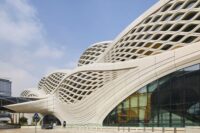
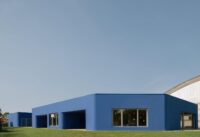


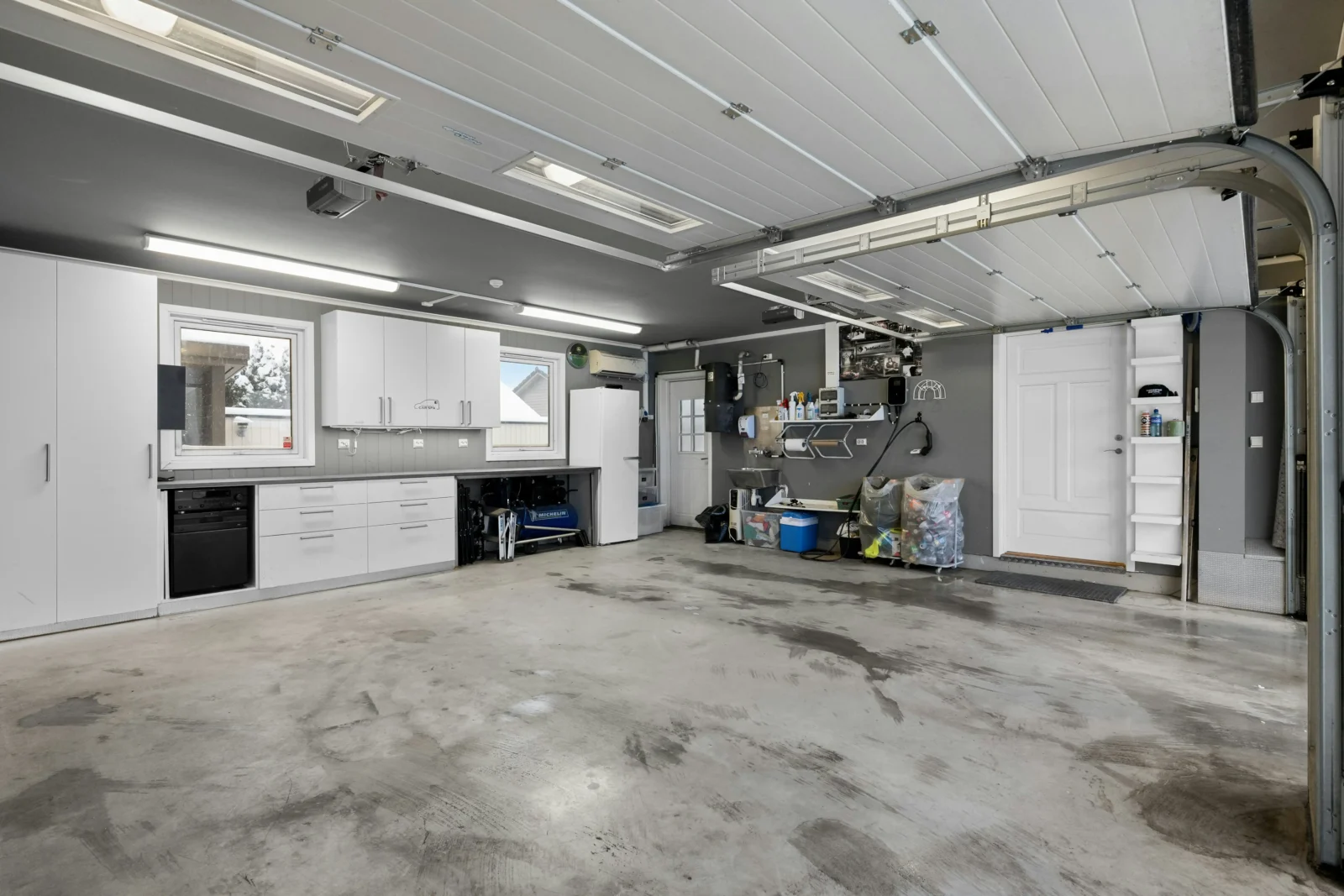
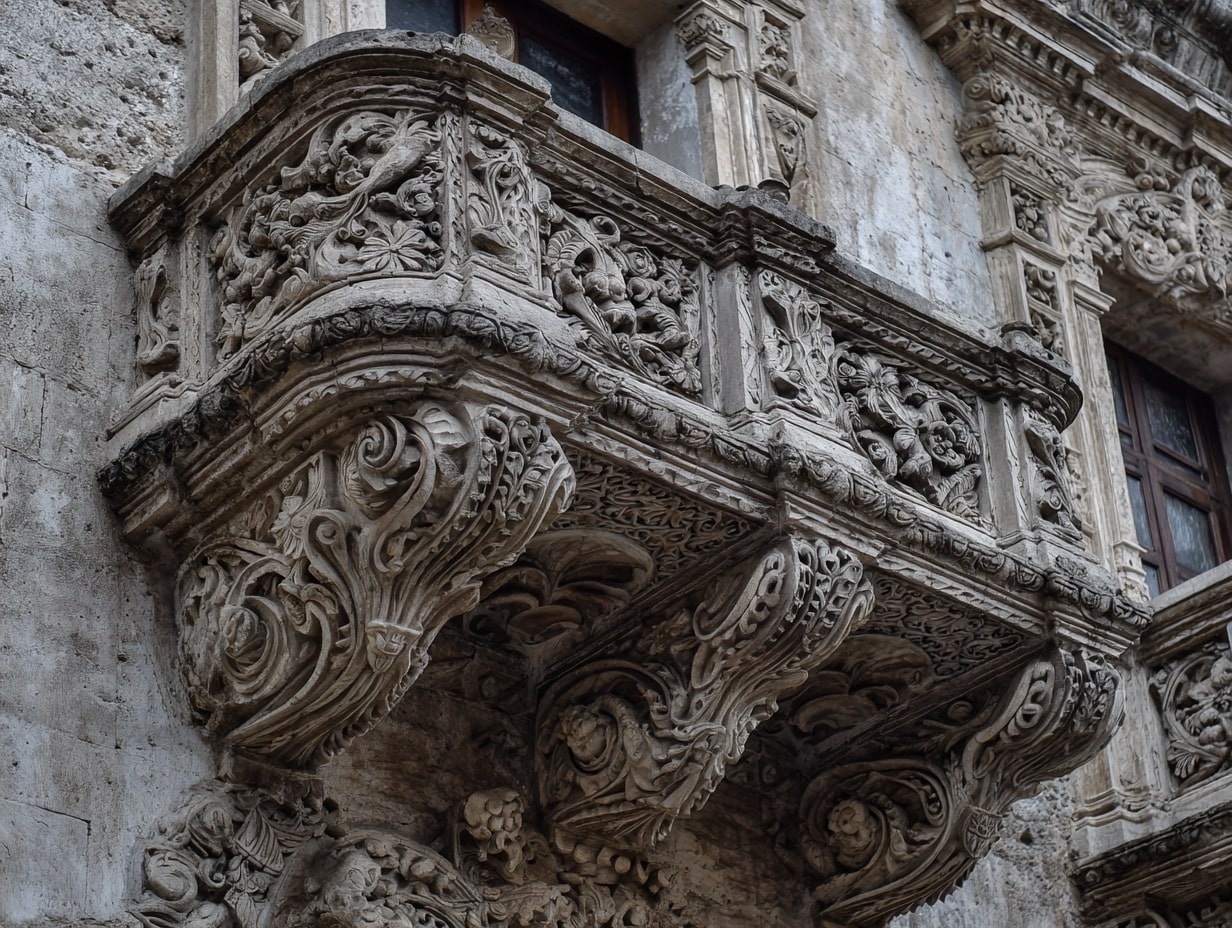
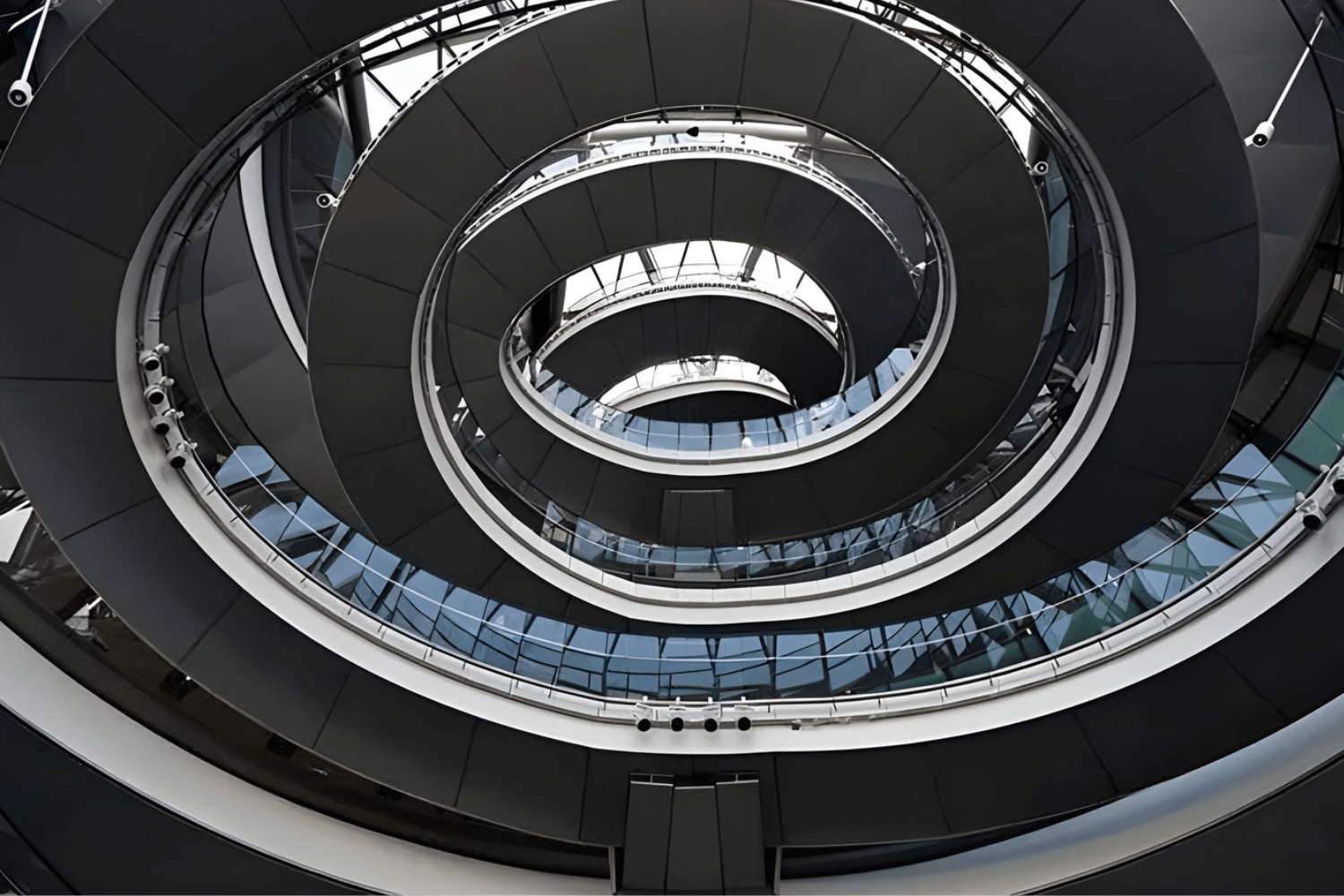
Leave a comment